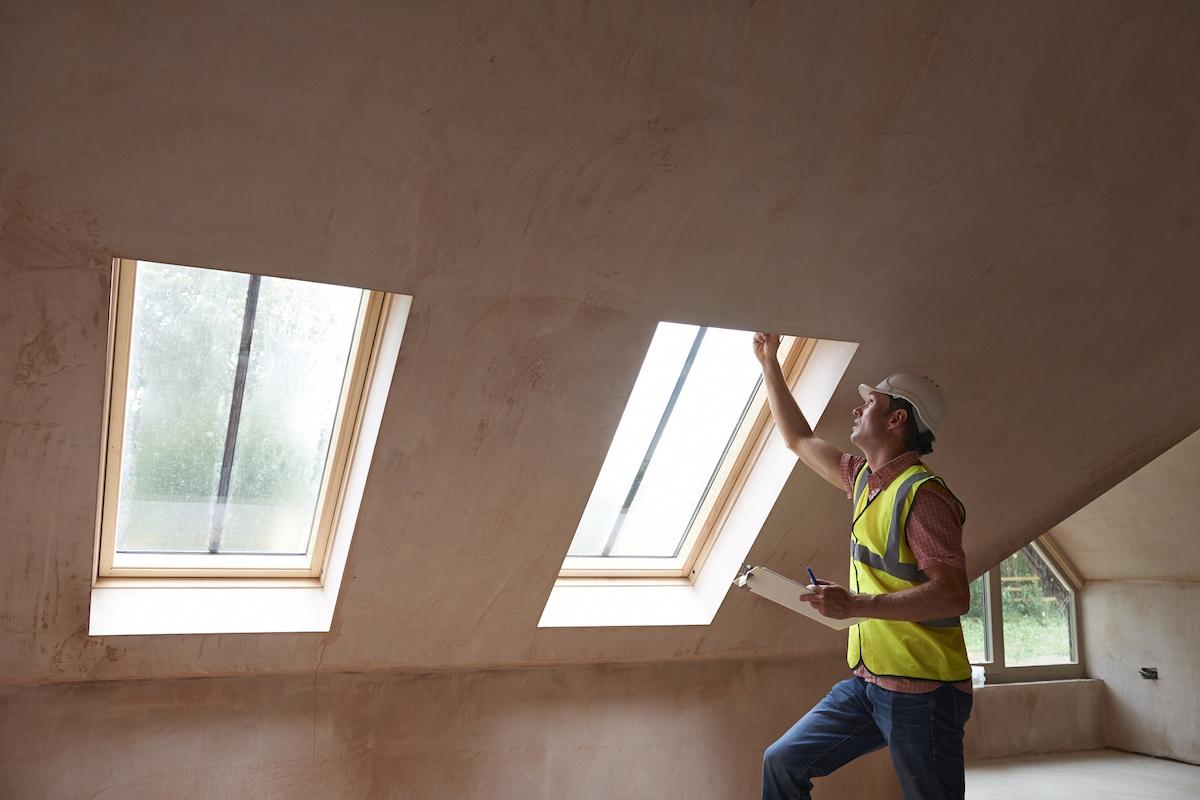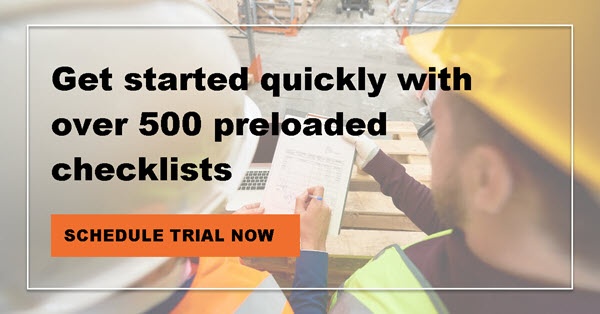
If you have an inspection process in place but are still finding too many defects on electrical equipment, your construction sites, potential fall hazards... it might be time to take a closer look at your Construction Site Inspection Checklists. It’s not uncommon for checklists to lose relevance and to see benefits taper off over time.
This is because unless you continue to adapt your checklists to your current issues and concerns, they won’t be an effective defect prevention tool.
Construction Site Inspections - Improving your Checklists
Whether you are just getting started with creating a pre-construction site inspection checklist for your construction project or you want to improve your existing construction process, these tips will help you get closer to first-time quality.
- Have Preparatory Meetings
- Start with a Basic Site Inspection Checklist
- Discuss Job-Ready Issues
- Discuss Job-Completion Requirements
- Have Subcontractors Do Self-Inspections
- Use Checklists During Site Walks
- Perform Critical Milestone Inspections
- Wade In, Don’t Dive
- Use Quality Management Software
Have Preparatory Meetings
Before the beginning of each new phase of a construction project schedule, have meetings with each subcontractor that will be doing work. This is an opportunity to set expectations about quality, review the job specifications, and go through the checklists that you will be using to approve this work.
Discuss risks and concerns unique to the project and include them as routine inspection checkpoints. Adding issues unique to the job as specific checkpoints reinforces their importance and makes them required checks during the inspection process.
Start with a Basic Site Inspection Checklist
Bring a basic checklist to each meeting, whether it is one you have used before or a template from a library of inspection checklists. The template should include sections for:
- Checkpoints to heighten awareness of critical details
- Checkpoints to document compliance with project-specific requirements
- Recording of important measurements
- Scores for quality, safety, and timeliness
- Required pictures of inspected work
- Signatures
From this starting point, you can tailor your checklist to both the job and the subcontractors doing the work. Each sub trade should get its own set of checklists that focuses only on the work that crew is doing.
Discuss Job-Ready Issues
Many general contractors find that subcontractors are initially resistant to checklists and doing regular inspections themselves because they think it will add work or be a burden.
However, the reality is that checklists can actually help reduce pre-installation job-ready issues from previous subcontractors. One way to overcome an objection to using checklists is to start the conversation asking about job-ready issues or problems the subcontractor has experienced that prevented him from starting work.
Ask each subcontractor what they are most concerned about when starting a new phase. For example, the framing crew needs the foundation to be flat and properly dimensioned before they can start work.
Let the subcontractor know that their job-ready requirements will be added to the job-completion requirements for the subcontractor that comes before them. This sets the tone for a cooperative process in which everybody wins.
Discuss Job-Completion Requirements
Talk to each subcontractor about what a well-executed job looks like.
Discuss the common punch-list items you have seen for this type of work and how best to avoid them. Add these to the checklist in the heightened-awareness section so the subcontractor keeps a close eye on these issues and ensures that they are addressed before the job is completed.
By focusing on known issues with their own work, subcontractors can concentrate their efforts on getting closer to first-time quality. Don’t forget to include the job-ready items for the next subcontractor in the job-completion requirements.
Have Subcontractors Do Self-Inspections
Once you have developed the checklists together, subcontractors can use them to perform their own construction site inspection with the input of the relevant construction workers and let you know when their work is complete.
Because the subcontractor is the first inspector, they can check items that will surely be inspected by others and avoid call-backs. This process can also be linked to pay points, providing additional incentive for them to check their own work and sign off on it when completed.
Use Checklists During Site Walks
You’re already taking the time to walk the site on a regular basis. Adding a checklist process doesn’t add much time and can help you focus your attention on the heightened-awareness issues.
Having a checklist available for easy reference also allows you to identify potential problems before they arise so you can work with subcontractors to get back on track.
Perform Critical Milestone Inspections
At certain critical points in a project (hold points), the work of multiple trades will need to be inspected and completion verified before the job can move forward. For example, you might need milestone inspections for:
- Sitework
- Foundation
- Structure
- Dry-in and MEP (pre-drywall)
- Finishes for each unit
- Final project turnover
Ideally, these construction site inspections are performed by a QA person who will also ensure best practices are being followed (wearing hard hats, safety goggles...), but they can also be done by the site superintendent. Because a project can't move forward until all issues have been resolved at these hold points, it's critical to get as close to first-time quality as possible. Your individual subcontractor inspection checklists support this process and help keep your job on schedule.
Wade In, Don’t Dive
If you’re just getting started with checklists, the process can feel overwhelming. How are you going to create a checklist for each subcontractor for every phase of work? The good news is, you don’t have to do it all in advance.
Add checklists as you go and work with your subcontractors to create them.
After you have done this once, you can use the existing checklists on future jobs and modify them as needed to improve your project and construction site safety. You can also ask subcontractors to create their own checklists and go from there.
Use Quality Management Software
Quality management software, such as FTQ360, is designed to help you get through the inspection process more efficiently and effectively. With built-in basic checklists that can be customized as needed, much of the work is already done for you.
For each subcontractor, you can quickly see which defects arise the most and can become potential hazards and add them to your heightened awareness list. You can also add notes and take pictures during the completion works handover inspection. All of this data is updated and communicated in real-time so you can make fast decisions and keep the project moving.
FTQ360 comes with 600 basic checklists that you can take to preparatory meetings and use as a starting point for conversations with subcontractors. If you want to give them a test drive, start your free trial today.
Read more on Construction Site Inspections
Construction Site Inspection: 11 Best Ways to Improve Quality
3 Practical Steps to Effective Quality Control Inspections
Top Reasons Why Construction Inspection Checklists are Better

